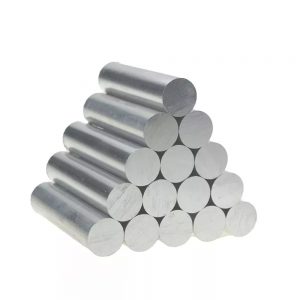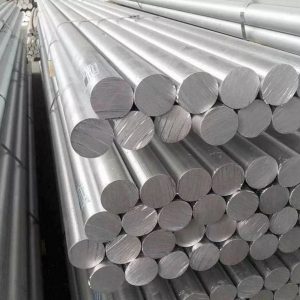-
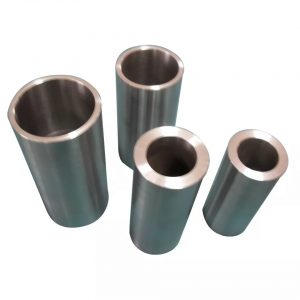
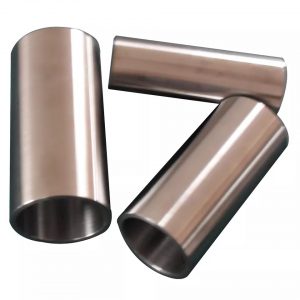 Read MoreQuick View
Read MoreQuick View100Cr6 Bearing Steel Tube
Bearing steel pipe refers to hot rolled or cold rolled (cold drawn) seamless steel pipe used for manufacturing ordinary rolling bearing rings. The outer diameter of the steel pipe is 25-180mm, and the wall thickness is 3.5-20mm, which can be divided into two types: ordinary precision and higher precision. Bearing steel is used to make balls, rollers and bearing rings. Bearing works under great pressure and friction, so bearing steel is required to have high and uniform hardness, wear resistance and high elastic limit.
The requirements for the uniformity of chemical composition, the content and distribution of non-metallic inclusions, and the distribution of carbides of bearing steel are very strict. It is one of the most stringent steel grades in all steel production.
If any questions, please contact sales@grandsteeltube.com
-
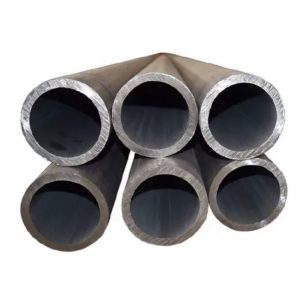
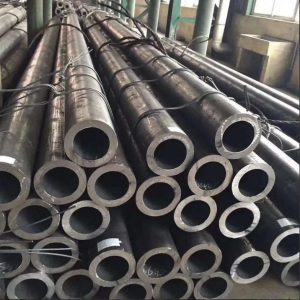 Read MoreQuick View
Read MoreQuick ViewA355 Seamless Alloy Steel Tube
The A335 pipes has a high level of Chromium and Molybdenum presence in it. While Molybdenum increases the overall strength, resistance, elasticity, hardenability and overall quality, moly ensures that the material is more resistant to softening, restrains the growth of grains and lessens the chances of embrittlement. It is the single additive that is responsible for the increase in high temperature resistance and it also improves the corrosion resistance to steel.
-
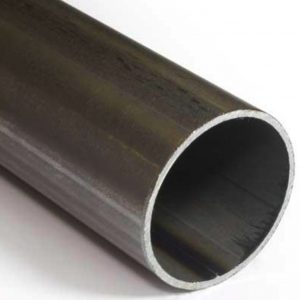
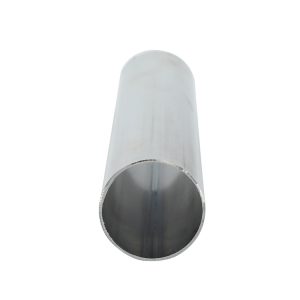 Read MoreQuick View
Read MoreQuick ViewA513 DOM Steel Tube
ASTM A513 standard for carbon and alloy Electric Resistance Welded (ERW) tubing for mechanical applications. It can be classified Type1 (Hot Rolled Electric Resistance Welded), Type 2 (cold rolled) and Type 5(Drawn Over Mandrel) according to its treatment processing. The Drawn Over Mandrel (DOM) tubing has excellent concentricity, smooth outer and inner wall thickness than its ERW products, often used in the automotive, appliance and construction industries.
-
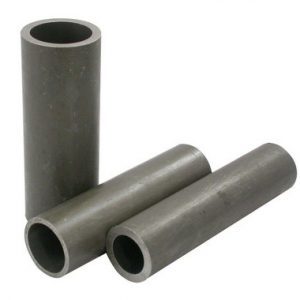
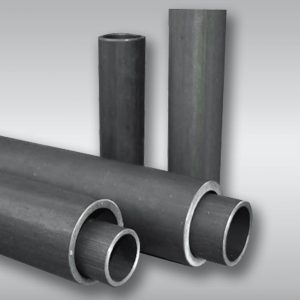 Read MoreQuick View
Read MoreQuick ViewA519 Seamless Mechanical Tube
ASTM A519 specification covers for several grades of carbon and alloy steel mechanical tubing, either hot-finished or cold-finished. The steel used in the mechanical tubing may be cast in ingots or may be strand cast. When steel of different grades is sequentially strand cast, identification of the resultant transition material is required. The seamless tubing is a tubular product made without a welded seam. It is usually manufactured by hot working steel, and if necessary, by subsequently cold finishing the hot-worked tubular product to produce the desired shape, dimensions and properties. The tubes shall be furnished in the following shapes: round, square, rectangular and special sections. Heat analysis shall be made to determine the percentages of the elements specified. If secondary melting processes are used, the heat analysis shall be obtained from one remelted ingot or the product of one remelted ingot of each primary melt. The tubing shall be coated with a film of oil before shaping to retard rust when specified
If any questions, please contact sales@grandsteeltube.com
-
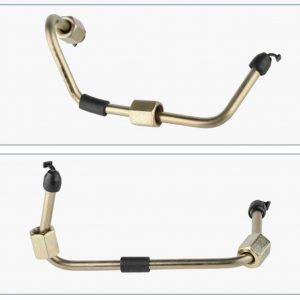
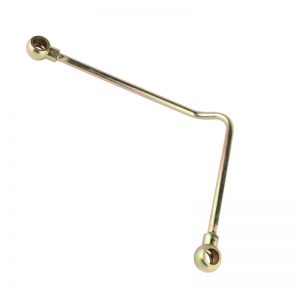 Read MoreQuick View
Read MoreQuick ViewBending Tube for Automotive Industry
Automotive tubes with standard EN10305-4,material E235,E255,E355 etc delivery condition-bright annealed.
1.Precision steel seamless tubes for automotive industry are made using the cold drawing process. Precision tubes are made from carbon steel from quality Bao Steel,XingCheng Steel,and HuaiSteel.
2. The tubes are high precision in tolerance,excellent surface brightness,no oxidization on the outer and inner walls after heat treatment,high cleanness of inside wall.
3. No deformation after cold bending,no crack after flaring and flattening.
-

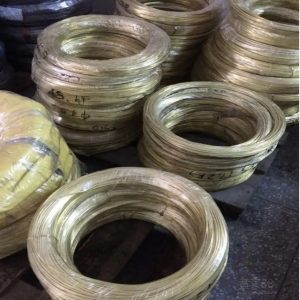 Read MoreQuick View
Read MoreQuick ViewCoiled Brass Tube
Seamless High Precision Brass tubing is used for a variety of engineering applications and, in particular the aerospace, power generation and automotive sectors. Its anti-corrosive, easy-to-work properties make brass tube ideal for water supply and plumbing components whilst its excellent visual appearance make it a popular choice in areas such as interior design, architecture, public art and even musical instruments.
If any questions,you are more than welcome to contact sales@tubesolutions.com.cn
-
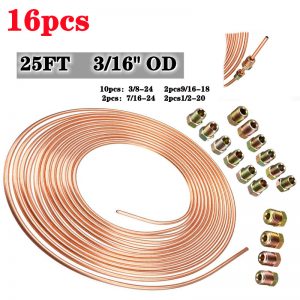
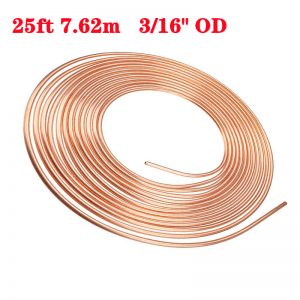 Read MoreQuick View
Read MoreQuick ViewCopper Brake Line Tubing Kit Fittings
-
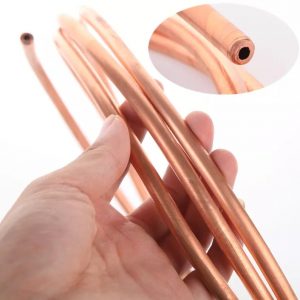
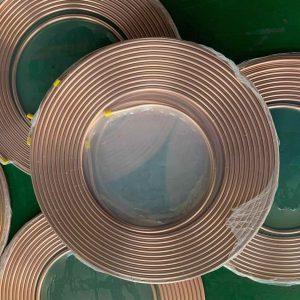 Read MoreQuick View
Read MoreQuick ViewCopper-Nickel Automotive Vehicle Brake Tubing
A vehicle’s braking system is as crucial to a vehicle’s performance as its engine and drive train. The tubing carrying pressurized air or fluid through the system is the vital link between master cylinder and slave cylinders at the wheels.
Brake system tubing is vulnerable to the pressures of air or fluid flowing through it, to corrosion from road mud and salt, and to damage of any protective coatings on its surfaces from stone pecking where it is exposed under the chassis.
Copper-nickel alloy C70600, an alloy of 90% copper and 10% nickel, is inherently corrosion resistant to road salt, and its use as brake tubing is increasing based on: 1) Changing life-expectancy for automotive vehicles; 2) Worldwide service-experience data on brake tubing wear; and 3) Increasing cost of corrosion-retarding coatings for steel brake tubing.
If any questions, please feel free to contact sales@grandsteeltube.com
-
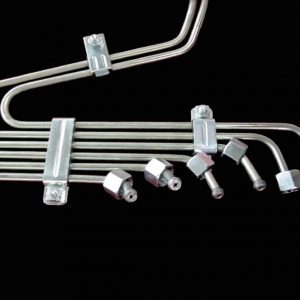
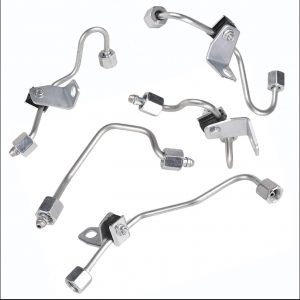 Read MoreQuick View
Read MoreQuick ViewDiesel Engine Fuel Injection Tube Kit
-
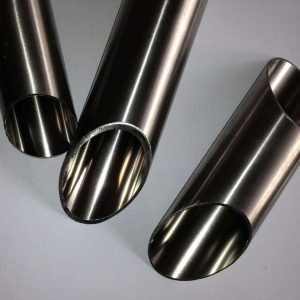
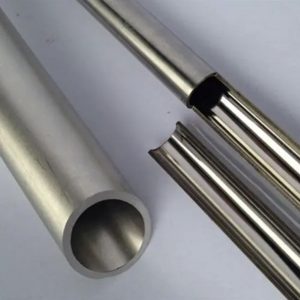 Read MoreQuick View
Read MoreQuick ViewElectro Polished Stainless Steel Tube
Electro Polished is a “reverse plating” process that uses an electrochemical solution to remove the outer layer of stainless steel pipe. By stripping away a uniform layer of stainless steel tube, the electropolishing process also removes embedded contaminants, heat tint and oxide scale, micro cracks, burrs, pits, and other surface defect that can compromise the performance and durability of a part
Electropolished Stainless Steel Tubing is especially done on 300 and 400 series stainless steel that improves a part’s corrosion resistance which leaves a lasting bright finish. Unlike passivation electropolishing can be performed on all varieties of stainless steel which gives its parts of all kinds corrosion resistance superiorto passivation alone—electropolished parts are 30 times more corrosion resistant than those that are passivated. The process of dissolving a uniform layer of surface metal is more effective and aggressive, because it is highly controlled and it can be used to remove as little as .02″ of surface material.
-
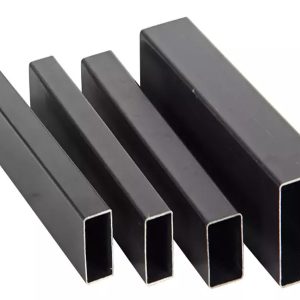
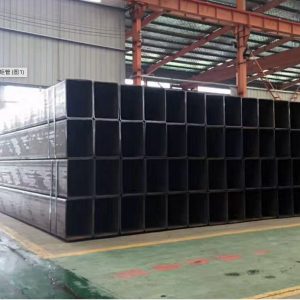 Read MoreQuick View
Read MoreQuick ViewEN10305-5 Welded Rectangular Tube
-
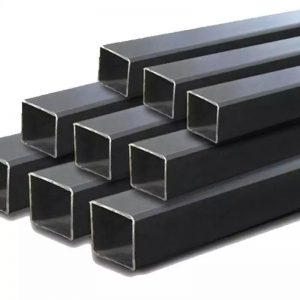
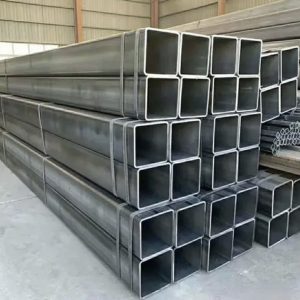 Read MoreQuick View
Read MoreQuick ViewEN10305-5 Welded Square Tube
The European norm EN 10305-5 specifies the requirements for unalloyed carbon steel welded square and rectangular tubes for precision systems. These tubes are intended for use in the construction of greenhouses, scaffolding and fences and have different specific dimensional tolerances.
-
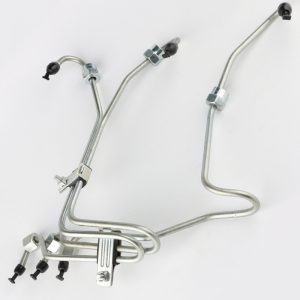 Read MoreQuick View
Read MoreQuick ViewFuel Injection Tube Kit
-
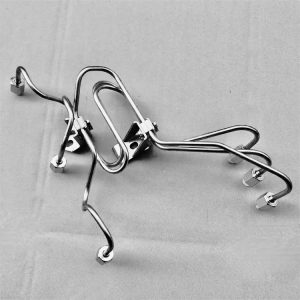
 Read MoreQuick View
Read MoreQuick ViewISO8535-1 Fuel Injection Tube
-

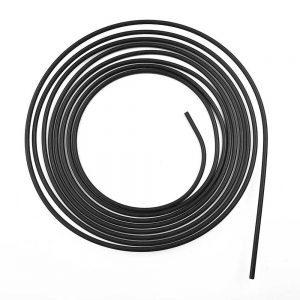 Read MoreQuick View
Read MoreQuick ViewPVF Copper Brazed Bundy Tube-Brake Line
-
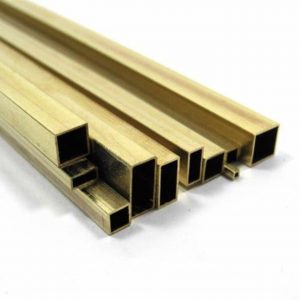
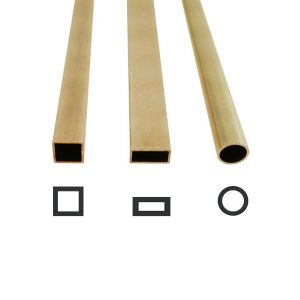 Read MoreQuick View
Read MoreQuick ViewRectangular Brass Tube
In addition to sheets, plates, and bars, brass is also available in tube form. Brass tubes come in various lengths, wall thicknesses, and diameters to fit the needs of different applications, such as interior design and other metal fabrication projects.
Depending on the alloy, brass typically consists of approximately 65% copper and 35% zinc, resulting in a material that offers various beneficial properties, including corrosion resistance, toughness, hardness, formability, and more. However, it’s important to note that the higher the zinc content, the lower the corrosion resistance. Because of this, it’s important to consider the environment of your particular application when choosing the best brass tube material.
-
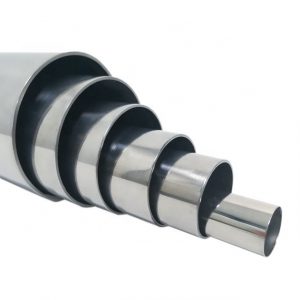
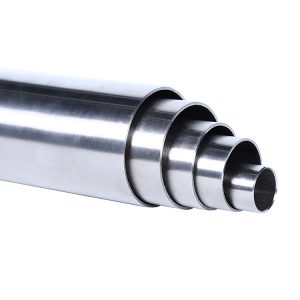 Read MoreQuick View
Read MoreQuick ViewSAE J525 Welded & Redrawn Steel Tubes
J525 Hydraulic Tube is welded low-carbon steel tubing annealed for bending and flaring with many uses. Used for pressure lines in applications requiring high-quality tubing for bending, flaring, forming, and brazing. Typical uses include Heavy Equipment, Agriculture, Off-Road Vehicles, Automotive, Steering and Transmission components, Process and Utility, and other Hydraulic applications.
In addition, the manufacturing process of our J525 high-pressure tubing includes several cold-drawn reductions, intermediate anneals, and then a dead-soft anneal after final sizing. The resulting tubing is consistent of high quality that is easy to bend and flare.
Much like J524, J525 is used in hydraulic applications, both with the same chemical and mechanical properties. The difference is that J525 is welded starting as flat stock. Where flaring is a requirement, J524 Seamless is typically the preferred product. However, both are of high quality and have comparable specifications.
If you need more information,please contact sales@grandsteeltube.com
-

 Read MoreQuick View
Read MoreQuick ViewSAE J526 Welded Steel Tubes
Welded Low-Carbon Steel Tubing Suitable for Bending,Flaring,Beading,Forming and Brazing
The SAE J526 Standard covers electric-resistance welded single-wall low-carbon steel pressure tubing intended for general automotive, refrigeration, hydraulic, and other similar applications requiring tubing of a quality suitable for bending, flaring, beading, forming, and brazing. Material produced to this specification is not intended to be used for single flare applications due to the potential leak path that would be caused by the ID weld bead. The material produced to this specification is intended to service pressure applications where severe forming and bending is not required. As this material may exhibit mechanical properties that reduce some desired forming characteristics versus SAE J356, the severity of the forming requirements of the finished assembly should be considered when utilizing material produced to this specification.If you need more information,please contact sales@grandsteeltube.com -
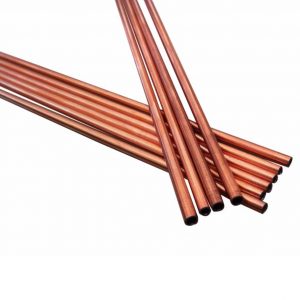
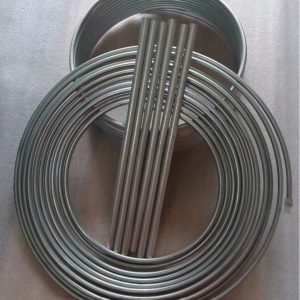 Read MoreQuick View
Read MoreQuick ViewSAE J527 Copper Brazed Bundy Steel Tube
1.A copper plated steel strip is pulled into the primary tube rollers, and become 720 degrees wrapped after going through a set of the rollers.
2.Then the wrapped tube goes into the welding chamber where the tubes are brazed. The temperature within the chamber is controlled above the copper melting temperature, so the copper layers are melted and spread into the steel surfaces. The tube is heated here in the chamber with protection gas filled so there is no oxidizing of the copper or steel, and also no water will be left to avoid any rust.
3.After the welding stage, the tube goes into the cooling section where it gets cooler, and also it is monitored online simultaneously by the Eddy current scanning device. Any abnormal section shape or un-seamed welding would be observed from the monitor screen.
4.The tubes are finally wound to be easily packed and stocked.
This process of Bundy tube production, compared with other methods, are widely accepted for its high production rate yet instant monitoring of the welding quality.
If any questions,you are more than welcome to contact sales@grandsteeltube.com
-

 Read MoreQuick View
Read MoreQuick ViewSAE J529 Fuel Injection Tube
-
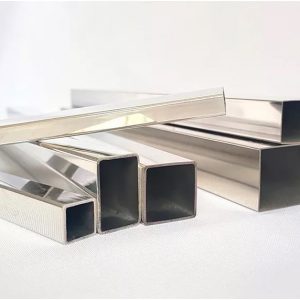
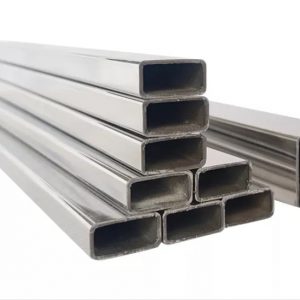 Read MoreQuick View
Read MoreQuick ViewSmall Rectangular Stainless Tube
-
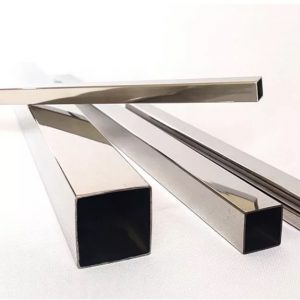
 Read MoreQuick View
Read MoreQuick ViewSmall Square Stainless Tube
Stainless steel square tube and rectangular tube is commonly referred to as tube steel or structural tubing. These are also referenced as a hollow structural section or HSS for short. Used for structural purposes, square tube, rectangular tube, I beams, etc., can be purchased in many different types of steel and alloys. Manufacturing of square tube is the same as the manufacturing process of pipe but the product goes through a series of shaping stands, meeting its final square specifications.
If you need more information,please contact sales@grandsteeltube.com
-
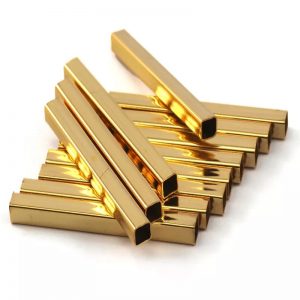
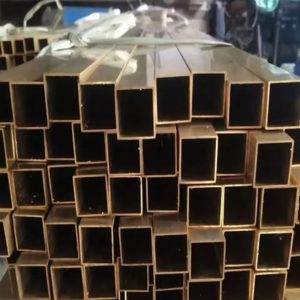 Read MoreQuick View
Read MoreQuick ViewSquare Brass Tube
In addition to sheets, plates, and bars, brass is also available in tube form. Brass tubes come in various lengths, wall thicknesses, and diameters to fit the needs of different applications, such as interior design and other metal fabrication projects.
Depending on the alloy, brass typically consists of approximately 65% copper and 35% zinc, resulting in a material that offers various beneficial properties, including corrosion resistance, toughness, hardness, formability, and more. However, it’s important to note that the higher the zinc content, the lower the corrosion resistance. Because of this, it’s important to consider the environment of your particular application when choosing the best brass tube material.
+86-139-158-49649
|
sales@grandsteeltube.com
- Home
- Products
Products
© Copyright 2009 Precision Tubes,Hydraulic Tubes,Copper Tubes,Caplliary Steel Tubes,Stainless Tubes,Titanium Tubes,Aluminium Tubes,Brass Tubes,Bundy Steel Tubes. All Rights Reserved.

